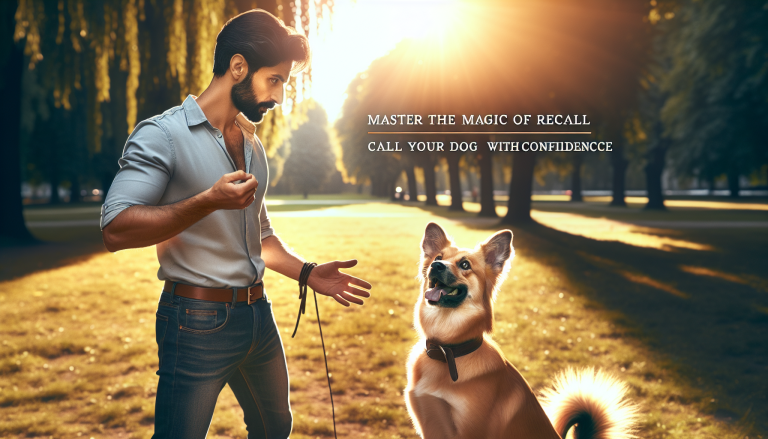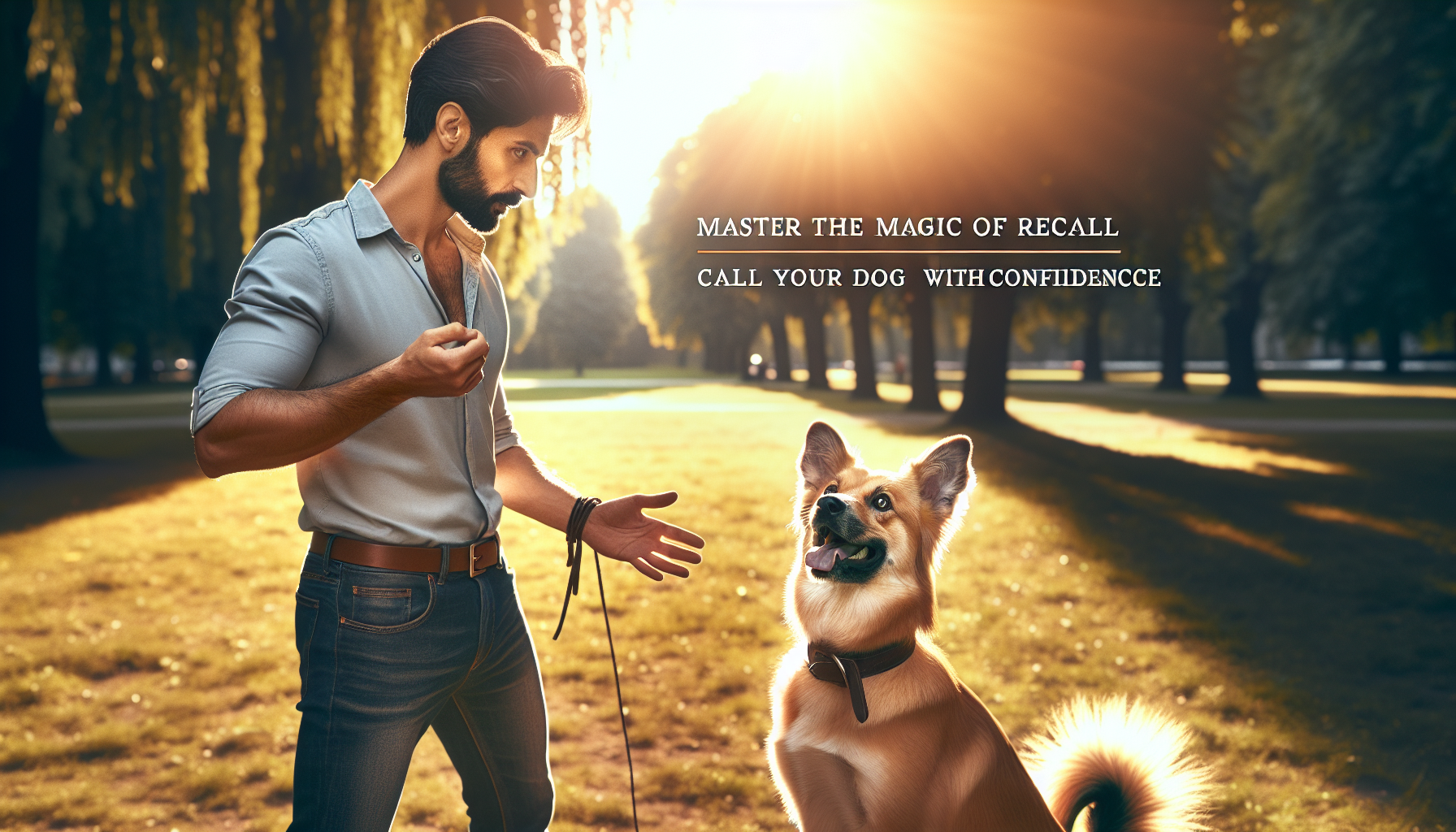Mastering Recall: The Art of Calling Your Dog Back Every Time
If you’ve ever been caught in that heart-stopping moment when your dog darts off after a squirrel, a sudden burst of freedom sparkling in their eyes, you know the value of a rock-solid recall. It’s one of those foundational dog training skills that transforms walks, hikes, and everyday adventures from nerve-wracking to downright fun. As a certified dog trainer and lifelong dog lover, I can tell you this: teaching your dog to come when called is like giving them a safety net—and a way to strengthen that beautiful bond you share.
Let’s talk about how to make recall training not just effective but downright enjoyable for you and your pup.
Why Recall Is Your Dog’s Lifesaver (Literally!)
Recall isn’t just about control; it’s about connection and safety. Imagine your dog slips the leash, or perhaps gets startled and bolts. A reliable recall could be the difference between a joyful reunion and a trip to the shelter or worse. Pair that with a sturdy dog collar equipped with a clear, durable ID tag, and you’re setting yourself up for success if your furry friend ventures beyond your reach.
The ID tag is more than just a fashion statement—it’s your dog’s most important piece of everyday gear. Whether your dog is a fearless adventurer or a cautious couch potato, a collar with an ID tag that has up-to-date info (phone number, address, and even a microchip note) should be non-negotiable. This simple piece of pet care can bring your loved one home faster, so while training recall is golden, an ID tag offers that extra peace of mind.
Start Early (Yes, Even With Your Puppy!)
Recall isn’t something you save for “later.” Puppies are like little sponges—they soak up everything you teach them with joyful enthusiasm. Starting early means you build positive habits when distractions are low and their attention span is burgeoning. Use the puppy’s name, a happy voice, and lots of rewards to make coming to you the *best* thing ever.
Keep sessions short and sweet—five to ten minutes at a time. End on a high note, before your puppy gets bored or distracted. You want to leave them eager to come back next time, not wondering why they bothered in the first place.
Make It Fun, Make It Food
Here’s the secret sauce: recall should be the highlight of your dog’s day. Use high-value treats—think tiny bits of cheese, chicken, or whatever your dog’s eyes light up for. When your dog comes running to you (and they will!), shower them with praise, pats, and that tasty reward.
Another trick? Don’t make recall a command used only to end playtime. If “come” signals the end of fun, your dog will be less eager. Instead, sprinkle recall training throughout your daily routine. Call your dog during play, sit down next to them for cuddles, or offer a special toy. The goal is to build a language of trust and joy around the command.

The Power of the Parade: Training Off-Leash Safely
Once your dog’s recall is solid on leash, it’s time to level up—but gently. Before you let your dog roam off-leash in open spaces, ensure every basic is nailed down. This is where having a reliable dog collar and ID tag is crucial; accidents happen, and you want to be prepared.
Start in a quiet, enclosed area. Call your dog repeatedly and reward exponentially when they respond. Gradually, increase distractions: other dogs, kids, squirrels (the universal canine temptation). It’s a slow ramp-up—patience is key. Through consistent practice, your dog learns that no matter the commotion, coming back to you is a non-negotiable part of their day.
Troubleshooting Recall: When Your Dog Doesn’t Listen
Sometimes, despite your best efforts, recall can feel like a stubborn puzzle. Maybe your dog ignores the call or takes forever to show up. That’s normal! The world is vast and full of exciting smells and sights far more interesting than your voice.
Here’s where you regroup:
1. **Reassess Motivators:** Is your reward exciting enough? Sometimes what works in calm training sessions fizzles out when real distractions appear.
2. **Avoid Negative Associations:** Never call your dog to you for something they dislike, like a bath or a scolding. Recall should never feel like a punishment.
3. **Practice with a Long Line:** A long training leash offers safety and freedom for your dog while still giving you control and the ability to guide them gently back.
4. **Keep Your Cool:** Praise and patience always win. If you get frustrated, your dog can sense it, and the recall game turns sour.
Beyond Recall: Building a Life of Trust Through Training
Recall training isn’t just about obedience—it’s about building a relationship filled with mutual understanding and respect. When your dog reliably comes to you, you’re telling them: “I’m here for you, and I keep you safe.” That message matters.
Alongside recall, investing in a good-quality dog collar that fits well and is comfortable can help your dog feel secure. Comfort is a subtle form of care that often goes unnoticed but impacts how your dog responds to commands and interacts with you.
Remember, care is holistic. From grooming to nutrition to training, every piece plays a role in your pet’s happiness and your peace of mind.
Parting Paw-sitive Thoughts
Think of recall as a gift you give to your dog—one filled with trust, safety, and fun. With your words, your treats, your patience, you’re crafting a language only your dog speaks but one they cherish deeply.
And that ID tag? It’s the safety net that makes your adventures worry-free, the silent guardian of all the moments you share.
As famed dog trainer Victoria Stilwell says, “Dogs don’t care how much you know until they know how much you care.” Teaching recall is one of the sweetest ways to show that care every single day.
Tags: dog obedience training, dog recall commands, dog recall techniques, dog recall training, dog training tips, how to call dog back, improve dog recall, reliable dog recall, teach dog to come